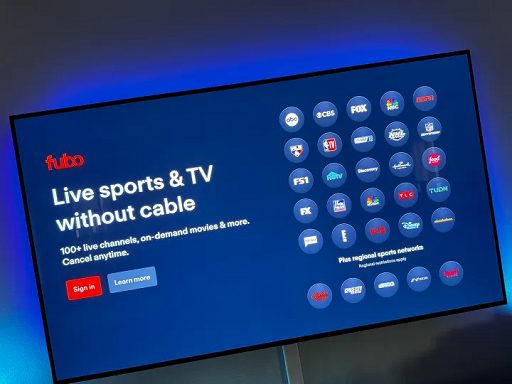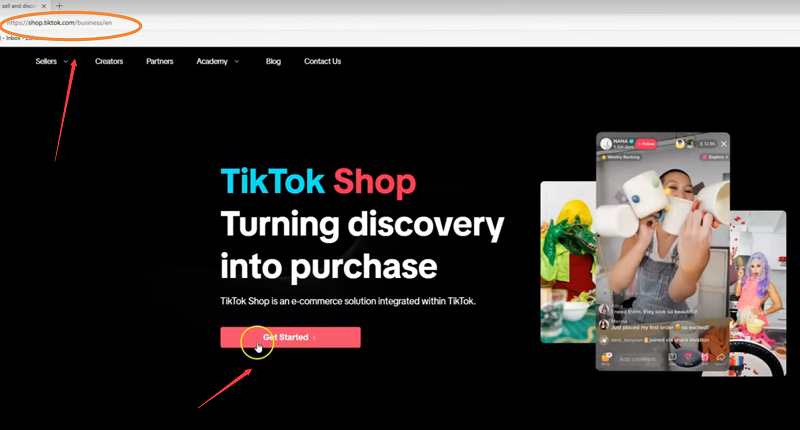As Google AI preview features expand, more and more publishers and content creators are finding that website clicks are declining significantly. According to reports from The Wall Street Journal and the BBC, some large media outlets have seen a sharp drop in Google traffic of more than 50%, while features such as AI Overview have reduced the click-through rate of many websites by 30% to 70%.
Against this backdrop, Google officially launched a new feature - Offerwall, hoping to help publishers maintain their revenue sources and alleviate the impact of AI grabbing traffic.
This article will give you a quick overview of what Offerwall is, how it works, and how you as a content creator can seize this new opportunity!

What is Google Offerwall?
Google Offerwall is a content access threshold mechanism that allows websites to pop up a window before Users access content, providing the following options:
Watch a short video ad
Complete a short questionnaire
Pay a micro fee
Subscribe to our newsletter
Other options customized by the site
1. Users can choose "how to unlock content" to enhance participation
2. Publishers can set the trigger frequency of pop-ups and specify which pages Offerwall appears to avoid disrupting the experience
3. All settings can be controlled and optimized in Google Ad Manager
What problems can Offerwall solve?
The biggest problem at present is that AI summaries directly take away users' motivation to click on websites, especially information, tutorial, and encyclopedia websites. The traffic that originally relied on SEO has become precarious.
The advantages of Offerwall are:
It can still take over the remaining traffic brought by the AI result page and guide users to complete monetization behavior;
You can set display frequency and exclusion paths to reduce user interference;
Can be used to build email lists and accumulate "first-party data assets";
Combined with AI optimization (new function Optimize), dynamic display timing is scheduled to maximize revenue.
Potential challenges and limitations
Although Offerwall sounds like a good remedy, it also has obvious shortcomings:
1. Pop-up experience is still controversial
Users have always had a low acceptance of pop-up ads, and even "interactive choices" may be seen as disruptive to the experience.
2. Click-through rate may not be optimistic
Historical data shows that the overall conversion rate of pop-up windows is relatively low. If the content is not attractive enough, users are likely to close the page directly.
3. Raising the content threshold may backfire
Imposing barriers to access can damage brand credibility, especially for media outlets and independent bloggers that rely on widespread distribution.
How to enable Offerwall? (Quick start tutorial)
Prerequisite: Your website must be connected to the Google Ad Manager advertising management system.
Step 1: Enable Offerwall
Log in to the Ad Manager backend, enter the "Protection & Messages" module, and find the Offerwall settings panel.
Step 2: Configure interaction options
Depending on the goal you want to achieve (such as advertising revenue, obtaining email addresses, paid subscriptions, etc.), check and configure the type of action visible to users.
The options are:
Video ad views (configured via Google Ads)
Google Survey Quick Questionnaire
Custom HTML forms (for registration, redirection or data collection)
Step 3: Set display rules
Time frequency: For example, each user can only be popped up once every 7 days
URL Exclusion List: Avoid triggering pop-ups on certain pages (such as the homepage or membership page)
Behavior trigger conditions: such as sliding to 50%, staying for 10 seconds, about to close the page, etc.
Step 4: Use AI Optimize to automate scheduling (optional)
Enable the Optimize feature and Ad Manager will use AI to determine the best time to reach each visitor, thereby improving conversion rates and retention.
Practical advice: How to use Offerwall "smartly"?
1. Content tiered display: Offerwall is set up for core articles, and general articles are released for free to form a content gradient.
2. Accurately locate the trigger page: Avoid displaying Offerwall on the homepage or navigation page, and give priority to "hot article pages" or "AI hit pages".
3. Set reasonable task thresholds: surveys should be within 30 seconds and ads should not exceed 15 seconds to avoid user loss.
4. Continuous optimization with A/B testing: Test different copywriting and different task types to improve click and conversion efficiency.
5. Linked with the membership system: Completing Offerwall tasks can earn points, membership days, etc., enhancing user stickiness.
Who is suitable to try Offerwall?
If you are the following types of website or content creator, you might want to try:
Vertical media with a stable audience (such as education, finance, and medical content)
Want to collect user data (such as email addresses, user interests) and conduct subsequent marketing
Information websites with heavy traffic affected by AI summaries
Platforms that plan to test paid content but don't want to go directly to the "paywall"
Conclusion
The emergence of Google Offerwall is not a "revolutionary" solution, but it is a feasible attempt for content creators in the era of AI traffic reconstruction.
AI summaries have indeed improved search efficiency, but they have cut off the traditional chain of "clicks-traffic-revenue". The essence of Offerwall is to use a flexible interactive mechanism to "introduce AI traffic into the site" and achieve conversion.
Will you try "Offerwall"? Has your website experienced a drop in traffic due to AI previews?



